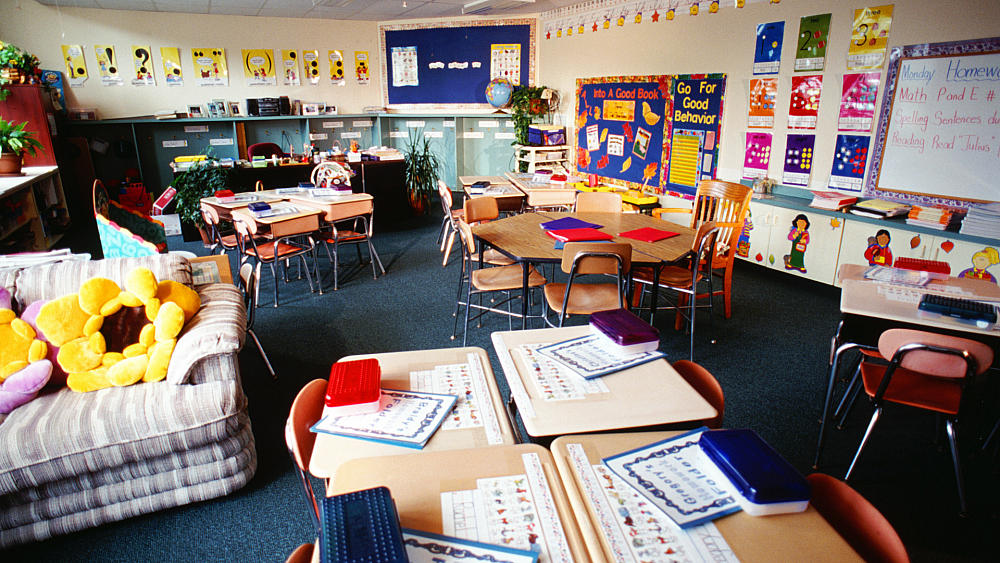How Does Seating Arrangement in the Classroom Influence Classroom Management?

The seating arrangement is one of the most important topics in classroom management. Classroom management refers to the various skills and techniques that teachers use to keep students organized, orderly, focused, attentive, on task and academically productive during the class. However, this essay is going to explore more on the various methods of seating arrangement and how they influence classroom management. There are three most common seating arrangement methods that can be used by the teacher. These include the traditional rows and columns, horseshoe or U-shape and clusters. These are going to be explained in detail outlining their advantages and disadvantages in relation to the classroom size and shape, student age and size, distractions as well as teaching style and objectives of the teacher.
Table of Contents
Traditional Seating Arrangements
Choosing the right arrangement
Are you ready to teach English abroad?
This post was written by our TEFL certification graduate Pardon F. Please note that this blog post might not necessarily represent the beliefs or opinions of ITTT.
Traditional Seating Arrangements
The traditional rows and columns seating arrangement as its name suggests is the most widely used by a lot of teachers. This type of classroom seating is suitable for a class structure that is teacher-centered instruction and presentation. The interaction with traditional is usually between the teacher and the student in the form of the student listening and raising hands to answer the teacher's questions. The merits are that it encourages individual work and productivity, minimizes disruptions and cheating. It is effective for demonstrations, test taking, and easier supervision. The demerits are that it discourages student discussion and group work, the focus can be lost easily, uneven distribution of interaction amongst the class and difficult for the teacher to move from student to student.
Also read: Getting Student Placement Right - The Best Desk Arrangements for EFL Students
Horseshoe & U Shape
Another seating arrangement is the Horseshoe or U-Shape method. This displays teacher and learner-centered instruction and is best suitable for small and medium-sized classes. The class is able to interact with a large group format and it is easier for the teacher to deal with students one-on-one. Direct eye contact with the teacher allows students to naturally engage as they feel part of the group. It supports both students to student interaction and teacher to student interaction. The advantages are that it is easier to interact with the entire class, encourages discussion and participation, fosters the connection between student and teacher and create a large area for presentations and demonstrations. However, it may be difficult to control behavior in big classes and large classes may have difficulty in engaging discussions.

Cluster Arrangements
Clusters are also another method of seating arrangement that can be used in the classroom. Clustering desks into small groups promote student to student interaction; students develop skills such as communication, problem-solving, collaboration and more. These clusters offer safe and comfortable environments for students to share ideas. Students feel part of a large group but mainly responsible for the group that they occupy. It's an atmosphere that creates opportunities for safe learning. However, this comfort also leads to off-task behavior and a large increase in noise level and distractions. Behavior can be an issue with the use of clusters.
Also read: How To Write The Perfect ESL Lesson Plan
Choosing the right arrangement
Having discussed the above seating arrangement methods, it is quite clear that a good seating arrangement in the classroom creates a good atmosphere, encourages interaction and good behavior. However, the teacher must take into consideration various factors before choosing a seating arrangement such as classroom furniture, classroom size and the number of students in the class. The seating arrangement must also cater to students with various problems, for example, the visually impaired, those with hearing problems and the noisemakers in the class in order to achieve the best results. Usually, noisemakers must be seated in the center of the class where they are directly facing the teacher for them to behave better.
Conclusively, the teacher must be able to choose the seating arrangement wisely in order to help the class reach its goals and take students to new levels. Seating arrangement helps the management of students and activities as well as providing more responsibility for self-learning. There is no rule limiting the teacher on choosing all the three types of seating arrangement in the class, it can be changed any time.

Are you ready to teach English abroad?
Apply now & get certified to teach english abroad!
Speak with an ITTT advisor today to put together your personal plan for teaching English abroad.
Send us an email or call us toll-free at 1-800-490-0531 to speak with an ITTT advisor today.
Related Articles:
- The 8 Best Countries in Asia for Teaching English Abroad
- 10 Questions You Need to Ask Before Enrolling In a TEFL Course
- Top 10 Cities in Asia with the Highest Demand for English Language Teachers
- Why You Should Take Specialized TEFL Courses
- Top 10 Things to Know When Moving Abroad to Teach English
- The Benefits of Teacher Career Development



